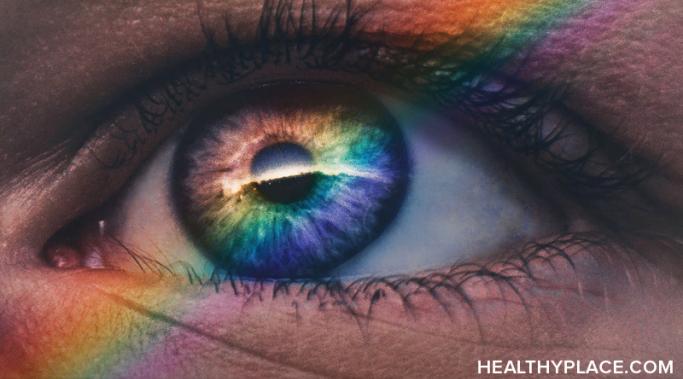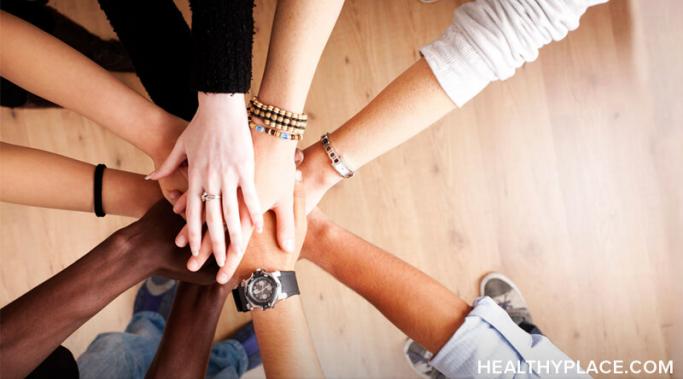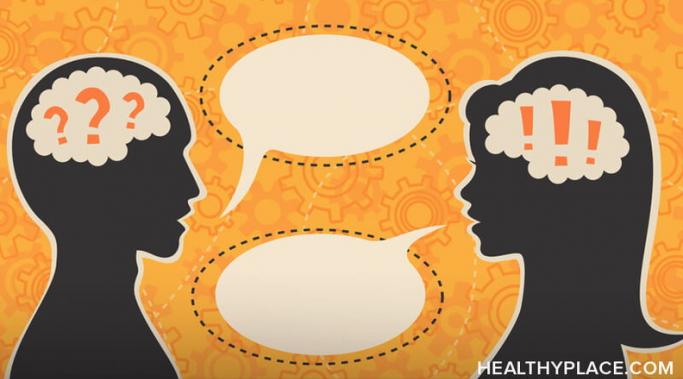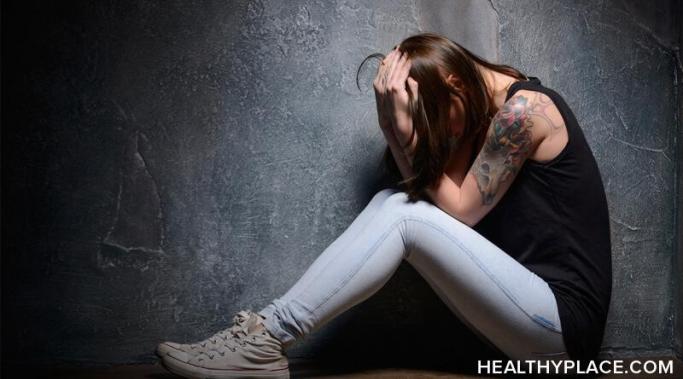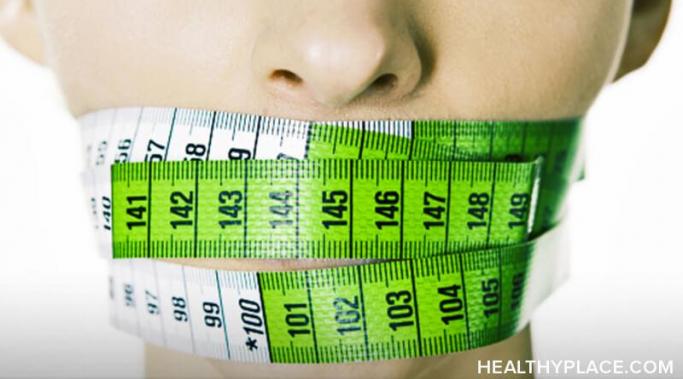There is a documented prevalence of eating disorders in biracial women--but why? In this video, HealthyPlace "Surviving ED" co-author Hollay Ghadery discusses how her experience as a half Iranian and half white woman plays into these findings.
Eating Disorder Stigma
When I finally made the decision a couple of years ago to heal from my lifelong battle with anorexia, one lesson eating disorder recovery taught me is that access to healthy food is a privilege. As I obsessed about the nutrition and ingredients of whatever I consumed—tabulating each item's sodium, carbohydrate, and refined sugar content—it dawned on me that not everyone can afford to be as selective or meticulous about the foods they eat.
There is a vicious, rampant correlation between eating disorders and bullying—the epidemic is real, and children of all ages can be vulnerable to the mental and physical ramifications. In the United States alone, 65 percent of those with eating disorders have reported that incidents of bullying caused their behaviors to manifest, and 40 percent of children or adolescents are mocked by their peers for weight-related issues.1 This data, compiled by the National Eating Disorders Association (NEDA), also notes that when bullying occurs, a victimized person will often experience bouts of insecurity, poor self-esteem, body image distortion, and an urge to numb the painful emotions. So in order to protect children from these adverse effects, it's crucial to understand the epidemic scale of eating disorders and bullying.
The rate of eating disorders in the transgender community is an epidemic. While it has been estimated that over 30 million people in the United States alone suffer from eating disorders1, how many of these individuals conform to the heteronormative standards of body and gender—and how many don't? The research into this question is sparse, but there is enough to infer that eating disorders in the trans community are both epidemic and overlooked. While the archaic notion that eating disorders tend to primarily affect those who are female, white, and cisgender has been dismantled in recent years, the transgender population is still marginalized—or worse, excluded—from this conversation. Their stories of body-centric violence, trauma, prejudice, and exploitation have caused untold numbers of transgender people to fall into a cycle of disordered eating behaviors. But it's time society is made aware of these men and women in the transgender community who suffer—and recover—from eating disorders, so this epidemic will not be overlooked anymore.
It's my final post on "Surviving ED" for HealthyPlace and I part with a hopeful goodbye. I've been grateful for the opportunity to write about and raise awareness of eating disorders. In recent years, I've witnessed the tide turning as the conversation about eating disorders has focused on its complexity and diversity. I hope that together, as survivors and mental health professionals and advocates, we continue chipping away at the stigma that accompanies food-related mental illness, so that more and more individuals struggling in isolation can get the help they need.
There is a common—and dangerous—eating disorder stigma in society that says eating disorders result from vanity and a need for attention, but the truth is, eating disorders are not for the vain. This eating disorder stigma minimizes just how severe and catastrophic these illnesses can become while reinforcing the belief that sufferers cannot reach out for help, lest they be dismissed as attention-seekers fixated on their own appearance. But in order to dismantle this added layer of cultural stigma that keeps so many victims both silent and ashamed, it's important to realize that eating disorders are not for the vain. Rather, they are caused by intricate, nuanced factors that are often unrelated to vanity and rooted instead in trauma, self-loathing, or insecurity.
Secrecy and bulimia (and all eating disorders) often go hand in hand. But this is especially true for bulimia, where people struggling with the illness may not appear to be unwell. There are so many unspoken layers of complexity to the disease that a person can suffer for years without getting the help that they need. But breaking the secrecy around bulimia is one of the best antidotes to isolation and stigma. By opening up and sharing their difficulties around food with others – even anonymously – people can stop the illness from worsening over time. Talking about it out loud is often the first step towards healing. So, how do people go from years of silence and secrecy about bulimia to admitting that they have a problem?
Eating disorders have been trivialized for decades. However, people struggling with these illnesses have an elevated risk of death by suicide compared to other psychiatric disorders, with bulimia having the highest attempted suicide rates. High comorbidity associated with bulimia – and the dearth of research – makes it difficult to tease apart what contributes to suicide risk. But it’s important for people to know that both bulimia, and the suicidality that accompanies it, can be treated and overcome. (Note: This post contains a trigger warning.)
There's a new Weight Watchers weight loss application (app) for kids called Kurbo. When I first heard about Kurbo I felt a little nauseous. It’s precisely the sort of thing that a young, adolescent me – embroiled in an eating disorder – would have latched onto as a source of “inspiration” to fuel my illness. I was curious as to how Weight Watchers, recently rebranded as WW, would market and defend their new product – and why they thought the app was even remotely a good idea.
Is it possible that an improved body image can prevent eating disorders? Research has been fairly consistent in identifying the link between body image issues and eating disorders. So, can school-based intervention programs help reduce the onset of eating disorders in young people by giving them the tools to develop high body esteem and satisfaction?



